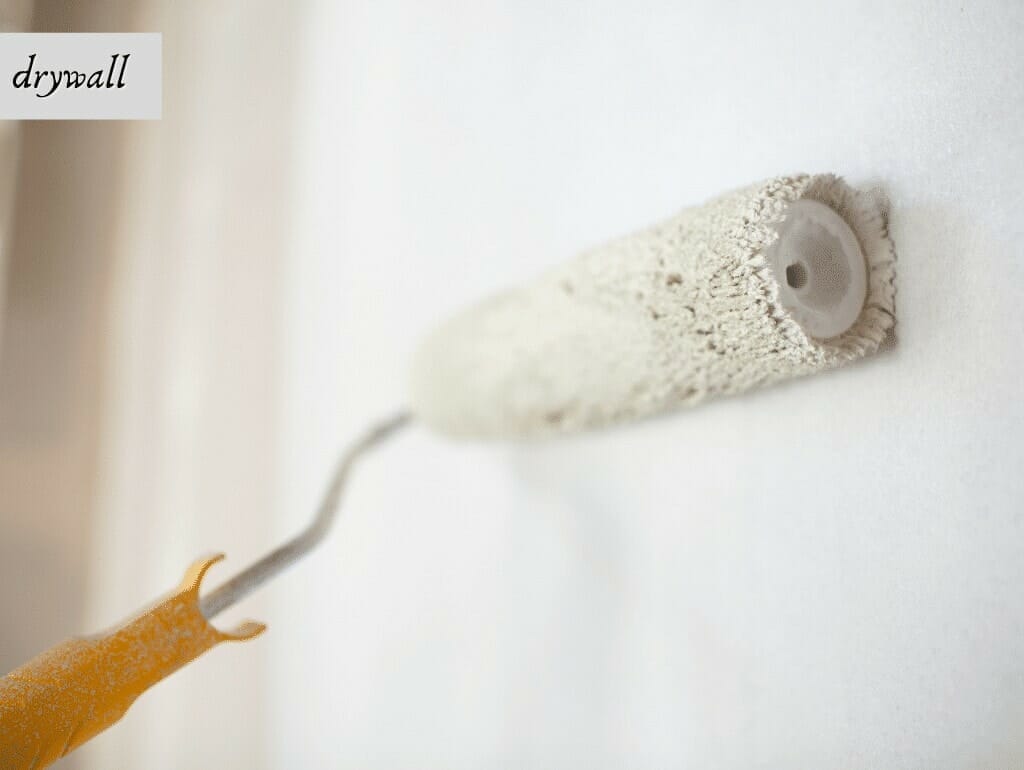Whenever you choose your home you take into account a number of factors and one of the most important ones is to have a peaceful neighborhood. Although sometimes you don’t have a choice especially when you are living in a shared space or a building.

The neighbors can create a lot of noise and you can either request them to behave appropriately or you can try to tackle it. When you are living downstairs (read our article on how to quiet a squeaky stairs) or on the ground floor and you have other families living on the upper floors you may have to deal with this situation. Today we would be informing you about a number of tactics that can reduce noise from upstairs.
There are no universally agreed solutions for this problem but there are various techniques that can be used to resolve the issue. It can cost you quite a hefty amount of money if you want to insolate the whole ceiling.
This is why we would suggest you look into all the other available solutions and choose the one that suits you the best. Each one of these solutions is tested for different kinds of circumstances and hopefully, your problem will also be solved by following them.
Types of Noise
First and foremost, it is important to figure out the type of noise you are facing and the source where it is coming from. There is a structured born noise that has to do with the structure of your surroundings and how the building is built. In this scenario, when someone is moving something heavy upstairs or even starts jumping you would be affected by the unpleasant sound. The vibration produced during the process would create a disturbing situation for you all the time but there are different ways to deal with it.
You can use the damping material on the ceiling of your room or your apartment or you can ask the neighbors living upstairs to use padding on the floor. There are multiple sound-absorbing materials available in the market that can play an effective in this situation.
On the other hand, if you are dealing with airborne noise, for example, loud music or shouting from upstairs you will have to use soundproofing material. It would be a difficult process because you would have to cover all the cracks and places from where the sound can pass. Once you have covered all the visible space with soundproofing material you would feel a considerable decrease in the impact of the sound.
Using a Drywall

The distance between the upper floor and your floor is extremely important in this scenario. The increase in the distance would definitely reduce the noise. However, in most cases, you cannot increase the distance so you can improve the density of the ceiling from your side. Utilize drywall to block the soundwaves but keep in mind that you have to use high-grade drywall with a reasonable density.
Applying multiple layers of drywall would provide you great results and you can easily purchase it from the market. Setting it up would require professional help so it is advised to not do it on your own. Try to fill all the gaps using glue especially if you are using sheets of the same material instead of a complete structure for your living space.
You won’t have to ask your landlord or talk to anyone else to get a favor in this case. All you need is the drywall material and if you want to add on an extra bit of help you can use a sound-damping paint that would also make the drywall more aesthetically pleasing.
Ever Heard of a Drop Ceiling, It Works

Think of a drop ceiling like an additional structure that would be hanging between the floor and the actual ceiling. The space between the ceiling and this structure is filled with high-pressure air that would act as a soundproofing material. You would be creating 2 extra levels of protection from the noise.
Even if the sound passes through the upper layer and air it would also have to pass through the hanging structure to create any kind of disturbance. You wouldn’t have to worry about the loud music or heavy footsteps of your upstairs neighbors anymore. There are special types of tiles required for such a structure and you will have to get the whole thing constructed so consider the time and financial constraints before choosing this solution. Although if you want to live in a peaceful environment this is not a bad trade-off in any way.
Altering the Floor Upstairs
If you have the authority of making any changes to the floor upstairs you are quite in luck because there are considerably less expensive solutions available in this situation. Use a rug or a carpet that has a considerable density and built-in soundproofing abilities. You can find a number of great choices in the market and most of them are available at affordable rates.
You can also utilize an acoustic underlayment under the floor but it would require professional help. The whole floor needs to be taken apart once before you can act on this plan but that would be a good option only in a drastic situation. Mostly, you don’t just want to hear loud noises that can be covered with padding the floor as a little bit of sound is manageable.
Insulating the Under Side of the Ceiling Floor

Just as it sounds this is one of the most difficult, time taking, and expensive solutions among all the other ones we have described till now. The reason is that you have to take the whole floor and ceiling apart just to reach the underside of the ceiling floor.
Once you have reached it now you will have to completely insulate it to create an added layer between the ceiling and the floor. This would reduce the noise from the floor to ceiling considerably and the result would be less of it reaching the downstairs.
Final Words
Make sure that before going for any of these solutions you have discussed it with your family or everyone else affected by these decisions in any manner. In most cases, you will have to spend a bit of money as there are close to none DIY solutions to this problem. You will have to add added layers of soundproofing or sound damping material to tackle this situation. We have tried to explain all the possible solutions in a detailed manner and we would also suggest that you take professional help and assistance in any scenario.
See our tips on how to lessen the noise in your bed.

